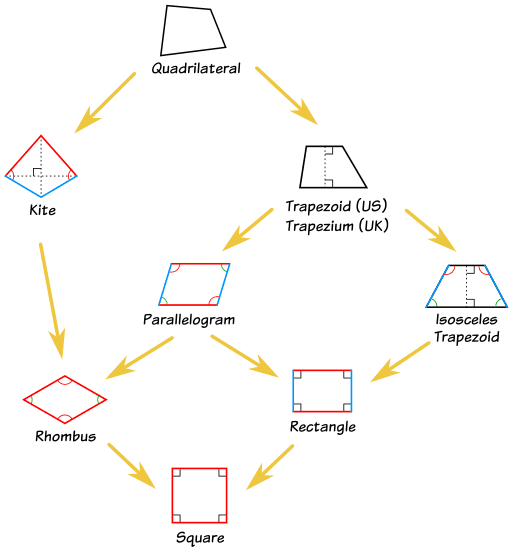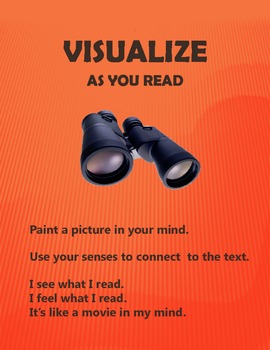There is so much intense learning and positive group growth happening right now. We had a short circle meeting on the carpet this afternoon and I asked each kid to share what they thought was going well at school. They started with some of the low-hanging fruit: lunch and recess. Good to know those are going well. But as we moved around the circle the answers deepened.
"I like writing now that we're working on our memoirs and I think it's good how, well, people are helping each other out so much. I saw lots of people helping ---- when he felt sad earlier."
"Math is fun and I never really liked it that much before! It's because I'm trying to figure more stuff out on my own."
As gratifying as it is to hear these comments from students, I was reminded of how important it is for them to hear each other share what they thought was going well. We make a lot of time to express compliments and appreciations for each other in class, but those are always really personal and direct. When we take time to generalize and name what is collectively true it becomes a badge of honor for the whole group.
We have been taking a fair amount of time to explore some principles of visual design each afternoon. I showed students some different ways to make marks on their papers with different lines and colors to create a sense of visual rhythm. I don't have any good pictures yet of their creations but come in and see the growing display of their visual music displayed on the storage closet by the door. Below you can see a picture of some of the early experiments we've been doing into thinking visually with symmetry and asymmetry.

In Math, both 2nd- and 3rd-graders have been working on strategies for adding and subtracting. Naturally 3rd-graders are working with larger amounts, but the basic concepts are the same. I'm really enjoying watching the students work through concepts of amount, drawing on their innate ability to compose and decompose numbers. I think
this article is a concise, if kind of technical, explanation of the concept. I like to think about it this way - we all have a pretty innate sense of amounts up to five. You can look at or touch a collection of things (coins, buttons, etc.) up to five and know how much it is pretty intuitively but everything beyond that relies on our ability to count, think about groups, and use language to mentally talk ourselves into understanding how much we are encountering. Below a 2nd-grader is showing his smart way of grouping amounts for quickly figuring out a total.

We have also begun a unit of study on writing memoirs. We are going to stretch what our young writers feel like they can do by exploring rich sensory description and the baffling world of punctuating dialogue. Fortunately our Room 5 authors are ready for the challenge. Every day when we head out for a break there is a large contingent of writers who ask me if they can take a clipboard outside so that they can keep writing. I hate to stop a productive creative moment but I do ask them to take the opportunity to move their bodies!
One way we are make the stories more mindful and setting ourselves up for intentional work is by storyboarding our ideas first. I call this "Plan it out/try it out" because there are some stories we think we might be ready to tell but when we try to talk them through or sketch them out, they don't seem ready for the page. On the other hand, once you've laid out the beats of a memory like this, it is hard not to feel ready to go.
Oh, and as far as air pressure, take a look at
this PDF if you want to try the science exploration we are about to do at home. I got the parts to do it at the hardware store for under $10.






































